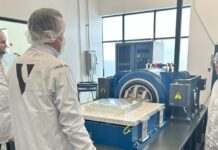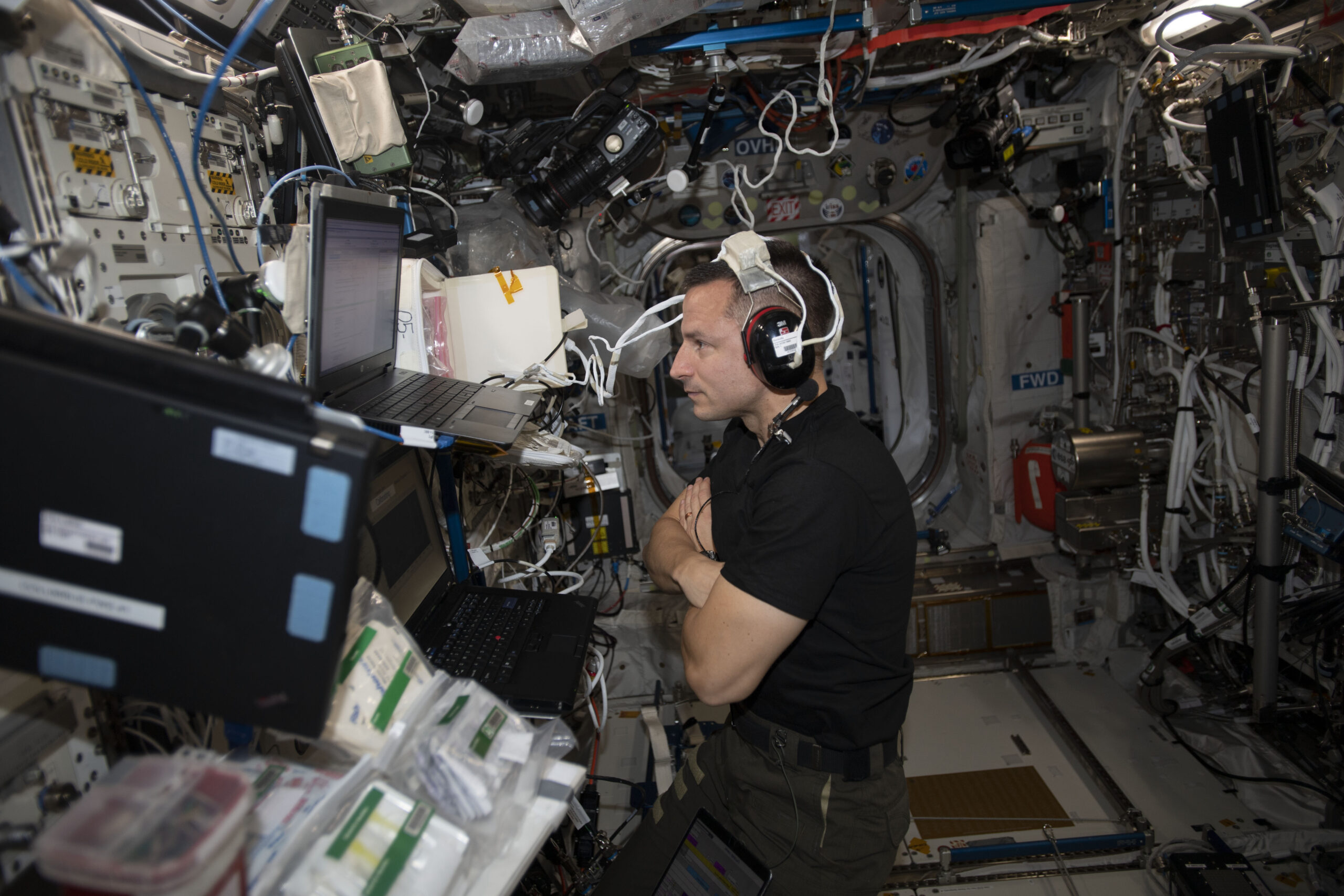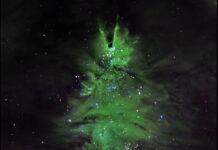Advanced Imaging Techniques Unveil Plant Root Behavior in Space
Recent advancements in imaging technology have revealed fascinating insights into plant growth in microgravity, a condition that mimics the weightlessness experienced in outer space. Researchers have employed 3D micro-computed tomography, a sophisticated scanning technique, to map the orientation of plant roots in a three-dimensional space. This method has been instrumental in showing that carrots grown in both actual and simulated microgravity conditions exhibit a random root orientation. The results of this study indicate that simulated microgravity, an environment created on Earth to mimic the conditions of space, provides a reliable and cost-effective means to study how plants adapt to spaceflight. For those interested in further details, you can refer to the original publication.
Understanding plant growth in space is critical for future space missions, where growing plants could provide a sustainable food source and aid in life support systems. On Earth, plant roots naturally grow downward, guided by gravity. However, in a microgravity environment, this directional growth is disrupted, posing challenges for developing plant growth systems in space. The MULTI-TROP investigation explores how gravity and other factors influence plant growth. Findings from this research could help overcome the challenges of growing plants in space, enhancing our ability to cultivate plants for food and other purposes during long-term space missions and improving agricultural practices on Earth.
Exploring Atmospheric Phenomena: BLUEs and Climate Impact
In another groundbreaking study, scientists developed four key parameters to better understand electrical discharges from thunderclouds that produce visual emissions known as Blue Luminous Events, or BLUEs. These spectacular light shows are believed to have implications for regional atmospheric chemistry and climate. The parameters identified in this study are expected to improve climate model simulations, aiding scientists in assessing the global and regional effects of these thunderstorm corona discharges. This includes understanding how their distribution and frequency might change as the Earth’s atmosphere warms.
The European Space Agency’s ASIM investigation focuses on high-altitude lightning in thunderstorms and its impact on Earth’s atmosphere and climate. Understanding these processes is vital for creating accurate atmospheric models that can predict weather and climate changes. High-altitude lightning events, like BLUEs, could play a significant role in shaping atmospheric conditions, and insights from ASIM are crucial for developing more reliable climate predictions.
Innovations in Monitoring Spaceflight-Induced Health Changes
Researchers have also introduced a novel technique to detect sounds produced by the inner ear, which could serve as a non-invasive method to monitor fluid pressure changes in the head during spaceflight. In microgravity, astronauts often experience increased fluid pressure in the head, which can lead to visual impairments and potentially affect the middle and inner ear. Understanding these changes is essential for devising protective measures for astronauts.
The Acoustic Diagnostics investigation, a collaboration between the European Space Agency (ESA) and the Italian Space Agency (ASI), monitors the hearing function of astronauts on long-term missions. This is achieved through otoacoustic emissions, which are sounds generated by the inner ear in response to certain tones. By comparing these emissions before and during spaceflight, researchers can indirectly assess changes in fluid pressure in the head. However, the study notes that variations in astronaut positioning and the fit of ear probes can affect the results, highlighting the need for further refinement of this diagnostic tool.
Additional Insights and Implications
The discoveries and innovations highlighted in these studies are not only pivotal for space exploration but also offer significant implications for Earth-based applications. The ability to simulate microgravity conditions on Earth provides researchers with a powerful tool for studying plant biology and improving agricultural methods. This could lead to enhanced crop yields and more sustainable farming practices, benefiting food security and environmental conservation.
Similarly, understanding atmospheric phenomena like BLUEs enhances our knowledge of climate dynamics, enabling better forecasting and climate change models. As the world grapples with the impacts of climate change, such insights are invaluable for developing strategies to mitigate adverse effects and adapt to changing environmental conditions.
In the realm of spaceflight, innovations in health monitoring technologies are crucial for ensuring the well-being of astronauts on long-duration missions. As space agencies plan for missions to the Moon, Mars, and beyond, protecting astronaut health becomes increasingly important. The development of non-invasive diagnostic tools to monitor changes in the body due to microgravity is a significant step forward in this endeavor.
Conclusion
The intersection of advanced imaging techniques, atmospheric studies, and innovative health monitoring tools underscores the dynamic nature of scientific research in space and Earth sciences. These studies not only push the boundaries of our understanding but also pave the way for practical applications that can benefit humanity both on Earth and in the vast expanse of space. As researchers continue to explore these frontiers, the knowledge gained will undoubtedly contribute to the advancement of science and technology, shaping a brighter future for all.
For more Information, Refer to this article.


































